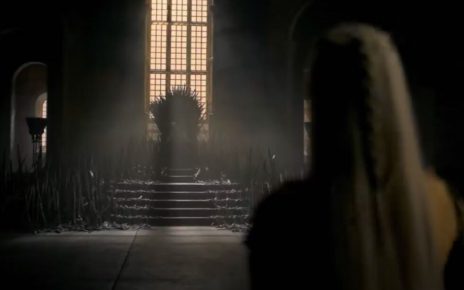In 1866, a French engineer named Peccadeau de l’Isle was working on the construction of a railway line in southern France, digging for artifacts along the banks of the River Aveyron in his spare time. Some 23 feet (7 meters) down, he found a number of prehistoric flint tools and prehistoric art. They included the famed Swimming Reindeer sculpture and a carved spear thrower in the shape of a mammoth, as well as numerous engraved flat stones called plaquettes, all created by the Magdalenian people sometime between 16,000 and 13,500 years ago.
The finds caused a sensation at the time, mostly because they provided evidence of a colder climate during this period and that men had co-existed during the ice age with mammoths. A new analysis by English archaeologists of the limestone plaquettes excavated by de l’Isle concludes that the stones may have been placed around fire hearths. The team’s digital reconstructions showed that the engraved images would appear to move and flicker in the firelight, amounting to a kind of animated “fireside art.” The details appear in a new paper published in the journal PLoS ONE.
“This must have been quite a powerful visual effect,” co-author Andrew Needham of the University of York told New Scientist—particularly in the context of a campfire. “This was likely an important social space. It might have been a place to share stories or chat and bond with each other after long days spent out in the landscape hunting and gathering. The art is not just the engraved lines on the rock, but those engraved lines experienced under the correct conditions of darkness and roving light. It changes our appreciation of what art was and how it was used by Magdalenian people.”





